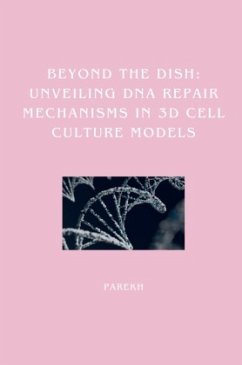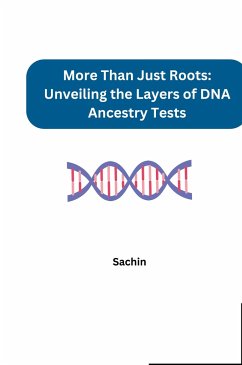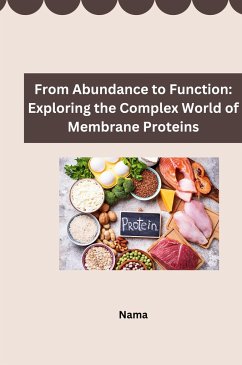
Deconstructing Complexity: Biophysical Characterization of Protein-Lipid Membranes
Versandkostenfrei!
Versandfertig in 6-10 Tagen
28,99 €
inkl. MwSt.

PAYBACK Punkte
0 °P sammeln!
"Deconstructing Complexity" delves into the fascinating world of protein-lipid membranes, the intricate structures that form the outer shell of most cells. These membranes play a critical role in regulating what enters and exits the cell. The book takes a biophysical approach, meaning it explores these membranes through the lens of physics and chemistry.It likely dives into techniques used to characterize these membranes, such as measuring their fluidity, thickness, and how proteins interact with the lipid molecules. By understanding these biophysical properties, scientists can gain a deeper u...
"Deconstructing Complexity" delves into the fascinating world of protein-lipid membranes, the intricate structures that form the outer shell of most cells. These membranes play a critical role in regulating what enters and exits the cell. The book takes a biophysical approach, meaning it explores these membranes through the lens of physics and chemistry.It likely dives into techniques used to characterize these membranes, such as measuring their fluidity, thickness, and how proteins interact with the lipid molecules. By understanding these biophysical properties, scientists can gain a deeper understanding of how these membranes function and how disruptions might lead to diseases. "Deconstructing Complexity" caters to researchers and students interested in cell biology, biophysics, and membrane functionality.














